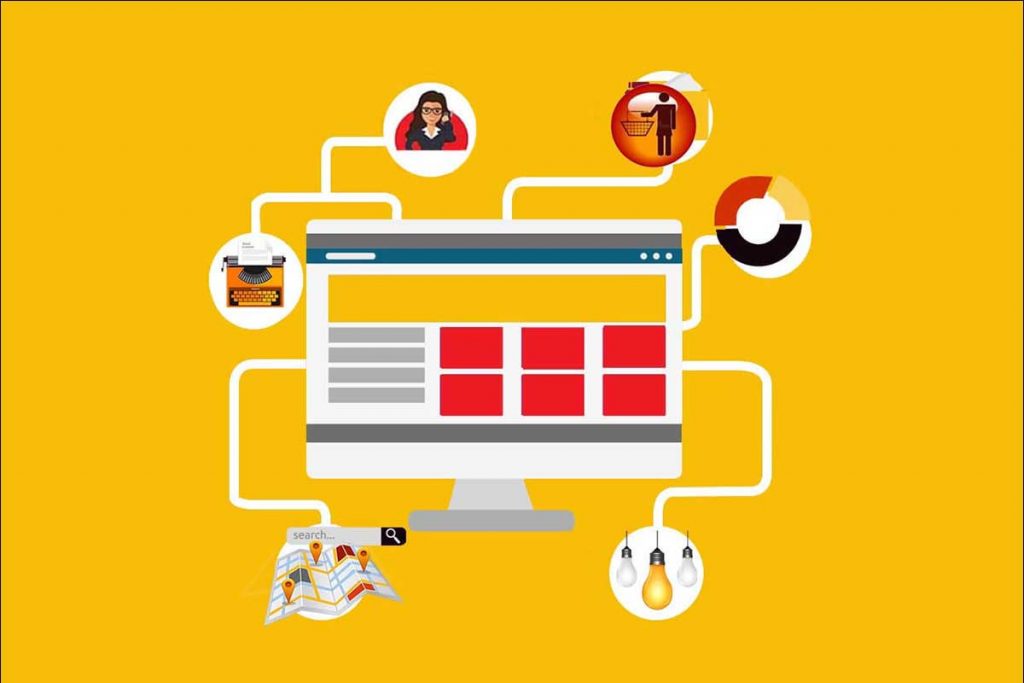
How and Where to Use Keywords for Maximum Results
If you don’t know how to use keywords for SEO, then you’re losing revenue.
Research shows that 95% of searchers only look at the first page of search results. And 50% of the clicks on that page go to the first three results.
This means that using keywords incorrectly will seriously hurt your business. This is because you’ll miss out on tremendous opportunities of getting organic traffic when people click through your site from a list of search results.
Less organic traffic translates to fewer leads and sales. Your business can’t afford this!
A crucial starting point when using keywords for SEO is to conduct keyword research. This helps you find the right keywords to include on a web page to begin with. Using keywords enables Google to assign the right search ranking.

Conducting keyword research helps you to come up with a content strategy by creating content around the keywords you know your audience is looking for.
The best way to use keywords is by focusing each piece of content on a different keyword phrase and never using the same keyword more than once. You don’t want to compete with your own content for search rankings.
Where to Use Keywords for Maximum Results
Here are some key places where you can use keywords for maximum benefit. You can use top SEO software plugins or apps to add keywords to your content.
- Page Titles
Improving page titles is a crucial part of technical SEO, and it’s a great starting point for using keywords for maximum results.
A page title typically describes the main subject of your content. It shows up as the first line of a search result input to let Google and searchers know what the content/page is about.
Sometimes the page title is the same as the headline of an article or the name of the page – like “about” or “services,” but it doesn’t have to be. Using SEO software such as Yoast SEO you can tweak the page title to improve search ranking potential.
The best strategy when writing page titles is to use your target keywords or keyword phrases at the start of the page title. This makes it more relevant. And it makes sure your title page isn’t cut off in mobile SERPs, which happens on small screens.
- Meta Descriptions
The next place to use keywords is the meta description. This shows up as the second part of a search result input.
While the meta description isn’t a direct ranking factor, it helps Google know how relevant your content is to what people are looking for.
Also, the meta description helps searchers decide whether to click through from a search result to see the full content on your site.
Thus, it’s crucial to use the right keywords in the meta description. This means your keywords must be relevant to the content the searcher will see if they click through to your website. Doing this will boost your SEO strategy and you’ll generate more conversions.
- Subheadings
Having subheadings makes your content scannable, and it gives the readers’ eyes somewhere to pause. Also, subheadings help visitors decide about the relevance of the content to their needs.
Sometimes the headings can appear as part of a featured snippet or answer box.
The best SEO strategy is to use your target keywords in a few subheadings.
- Content
One of the most important places to optimize for keywords is in your content, because content is one of the key SEO ranking factors. However, it’s important to get this right because poor keyword usage can hurt your search ranking.

So, it’s essential to avoid keyword stuffing. If you use keywords in every sentence, your content is likely to incur Google penalties. Also, your readers won’t like your content because keyword-stuffed content is hard to read.
To use keywords effectively in your content:
- Use your main keyword in the first few sentences of your content, or at least within the first paragraph.
- Use that keyword and its variations throughout your content.
- Use latent semantic indexing (LSI) keywords rather than the exact keyword every time.
Finally, write for humans so make your content is readable and understandable.
- Images
When considering where to use keywords in a website, images aren’t usually the first thing you think about. However, you can’t afford to ignore them.
Why? Because images get indexed too and they’re another way for people to find your content.

Also, images can help boost content accessibility, which is valuable to the millions of users who have disabilities.
Here’s how and where to use keywords for SEO in images:
- Use images that are relevant to your article.
- Give all your images a file name that reflects that relevance. Include keywords and LSI keywords if possible.
- Use keywords in image titles; this is the text that pops up when you hover your mouse over an image.
- Use keywords in alt text. When using alt text with images, make it as descriptive as possible.

